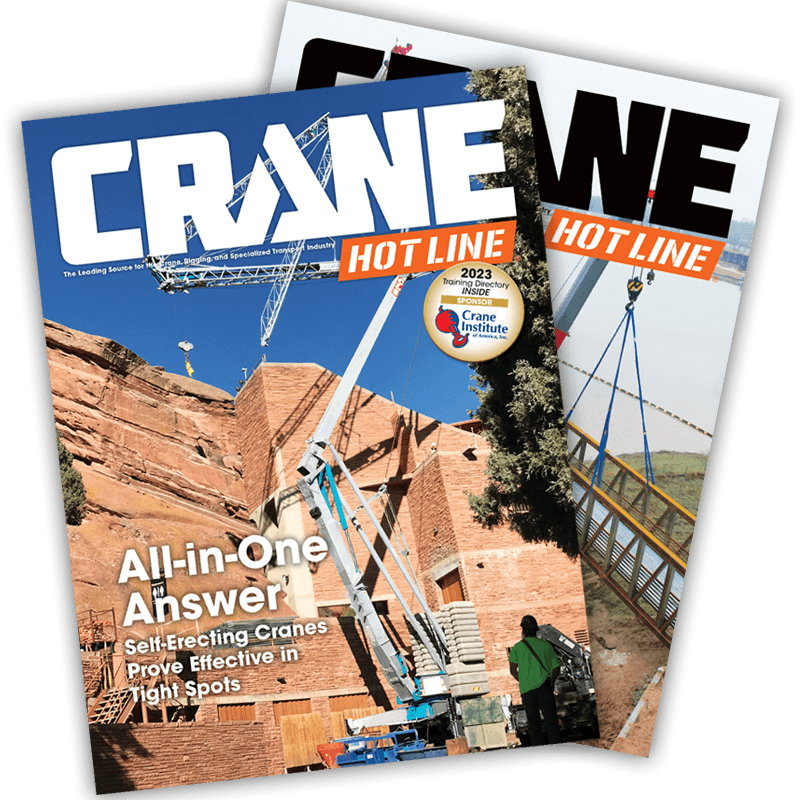A Solution for Boom Lift Ejection is on the Horizon
Jeff Stachowiak is the national safety director for Sunbelt Rentals, Fort Mill, S.C., and the chairman of the Scaffold Industry Association's Aerial Platform Council.

Jeff Stachowiak
July 25, 2007 • In July 2006 at the Scaffold Industry Association's annual convention in Baltimore, Md., the SIA Aerial Platform Council met with aerial lift and fall protection equipment manufacturers in an effort to start a dialogue that would eventually close the gap between what the lift manufacturers require and what fall protection companies currently supply for catapult protection in boom lifts.
During the short two-hour meeting, the council made a number of discoveries.
- This was the first time that aerial lift and fall protection manufacturers had sat down and talked to each other.
- The required use of a harness and lanyard on boom-supported aerial lifts is fall restraint, or catapulting protection, and NOT a fall arrest system. This meant that everyone agreed that the intent of the harness and lanyard was to keep occupants inside the protection of the guardrail system in the event that they should be catapulted upwards.
- The current system and equipment being used may not prevent a catapulting event. Instead, occupants of the boom lift could go over the guardrails and end up hanging outside the platform. Most systems being used would allow the occupants to be catapulted over the guardrails into a “fall arrest” situation not intended by lift manufacturers.
- The most current ANSI standards do not address or even suggest the type of harness, lanyard, or restraint system to be used.
- There were a lot of different harness and lanyard systems being used in the field because there are no guidelines for the proper selection and use of fall restraint equipment used on boom lifts.
Shortly after the meeting last summer in Baltimore, Joseph Feldstein, manager of technical services for MSA Fall Protection, Pittsburgh, Pa., wrote a letter to the SIA Aerial Platform Council on behalf of the International Safety Equipment Association (ISEA) and offered to work on solutions with the aerial lift manufacturers to close the gap on this very important problem.
Last week, at the SIA's Annual Convention and the Maximum Capacity Media SAF-T Conference in
Because the consensus is that the harness and lanyard required by OSHA and ANSI on a boom-supported platform is a fall restraint system, Feldstein explained that the anchorage on the platform would only have to support a dynamic load of 3,000 pounds. ANSI A92.5 currently requires the anchorage to be 3,600 pounds, so no problem there. Feldstein then said the anchorage would have to be large enough to accommodate all styles of snaphooks that may connect to it. Both OSHA and ANSI Z359 state that the snaphook size must be compatible with the anchorage in order to prevent a roll-out event. Feldstein then explained and demonstrated a prototype harness/belt with an adjustable non-energy absorbing lanyard system that was shortened to about 3-1/2 feet.

Enlarge Image
Joseph Feldstein (left) and Matt Rahn of Skyjack demonstrate the prototype fall restraint system at the SAF-T Conference.
In order for this prototype harness/belt/short adjustable lanyard system to work properly and keep the occupant of the boom lift inside the platform within the protection of the guardrails, it would require the anchorage attachment point in the platform to be very close to the floor of the platform. The manufacturers of aerial lift equipment would have to relocate the anchorage points on their boom lifts to accommodate this type of fall restraint system. Currently, lanyard anchorage attachment points vary widely in their placement, and most, if not all, are not anywhere near the floor of the platform.
In order to prevent the occupants of a boom lift from being catapulted over the guardrails on any current model boom lifts, the lanyards would have to be about 2 feet long. This would greatly reduce mobility around the platform. If the anchorage points on boom lifts were lowered to the floor for this prototype fall restraint system, it not only would accommodate this system but also would keep occupants from climbing and stepping on the guardrails to gain additional height (prohibited by both OSHA and ANSI), because they would be essentially tethered to the floor of the platform.
The SIA's Aerial Platform Council and I would like to thank the ISEA and Joseph Feldstein for their continued work on this problem and coming up with a possible solution. The next step is to keep the dialogue alive and move forward to a resolution that we can all agree on, which will ultimately prevent injuries in the field.


